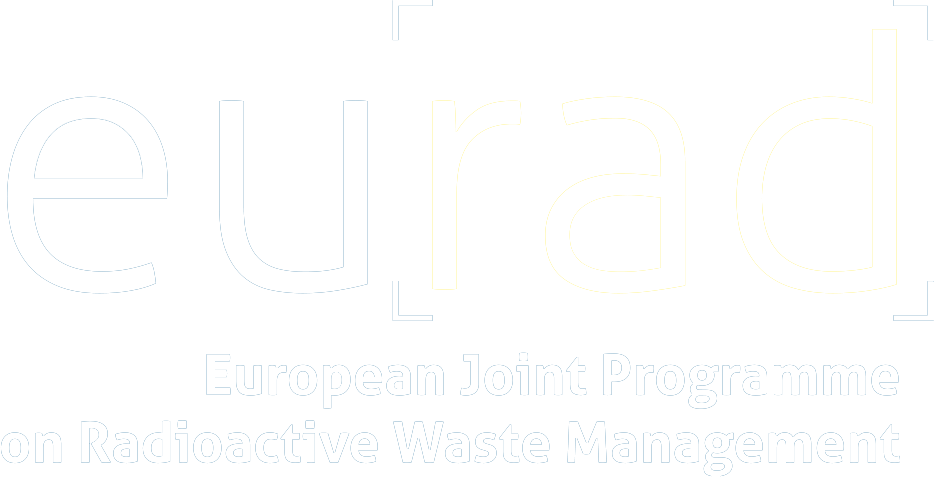The objective of this project was to explore how gamma radiation impacts microbial communities, particularly sulfate-reducing bacteria (SRB), in FEBEX compacted bentonite.
For this purpose, prior to this stay, FEBEX bentonite was compacted in blocks, inoculated with a SRB consortium, amended with acetate and saturated at 100% with bentonite pore water. One set of samples were irradiated with gamma radiation (14 kGy) at the beginning of the experiment. All the samples analysed during this period of time were incubated for six months at 28 ºC in anaerobic conditions. Time 0 was also included as non-incubated natural powdered FEBEX bentonite and non-incubated irradiates powdered FEBEX bentonite (14 kGy).
This proposal is a continuation of a research stay (3 months – from 20.09.2023 to 19.12.2023) previously carried out in collaboration with the Technical University of Liberec within the ConCorD project Task 4 under the supervision of Mgr. Kateřina Černá (host supervisor) and Dr. Mohamed L. Merroun (home supervisor). During that research stay, a batch of irradiated and compacted bentonite samples was analysed using molecular techniques that cannot be used in the home institution (University of Granada) such as qPCR of different markers and 16S rRNA sequencing. Considering the outstanding results achieved and analyzed during that stay, the new stay aimed to extend the analysis to additional samples from the same experiment, representing different study times (Time 0 and 6 months).
Therefore, the main objective of this short research stay have involved utilizing qPCR to quantify 16S rRNA gene to assess the total bacterial biomass in each treatment. In addition, the quantification of the genes involved in the reduction of sulfate such as dsrA and apsA have also been performed. The qPCR results for the 16S rRNA gene generally showed that the presence of bacteria in these samples was very low. The results also indicated that the total bacterial biomass in the non-irradiated samples, incubated for 6 months, was slightly higher compared to time 0 (powdered bentonite). This suggests the possibility that certain microorganisms were capable of growth under conditions of compaction and anaerobiosis during the incubation period. Regarding the irradiated samples, both treatments (with and without SRB concortium) showed a weak positive signal for the presence of the 16S gene. Gamma radiation at a total dose of 14 kGy at the beginning of the incubation period would have negatively affected the indigenous bacteria of the bentonite, and they were unable to recover during the incubation time. The two treatments with SRB consortium, both non-irradiated and irradiated (14 kGy), tested positive for the two genes associated with sulfate reduction (apsA and dsrA). Additionally, the non-irradiated sample without the consortium at 6 months also tested positive for this group of bacteria. This latter result suggests the presence of SRB indigenous to bentonite in the samples, and that the 6-month incubation period likely promoted their growth, as these genes were not detected at time 0.
On the other hand, libraries of the DNA samples from the different bentonite treatments were prepared for Next Generation Sequencing. The diversity data is still pending to be analysed. Once analyzed, we will be able to understand the changes that the bacterial communities have undergone according to the treatment and study conditions.


